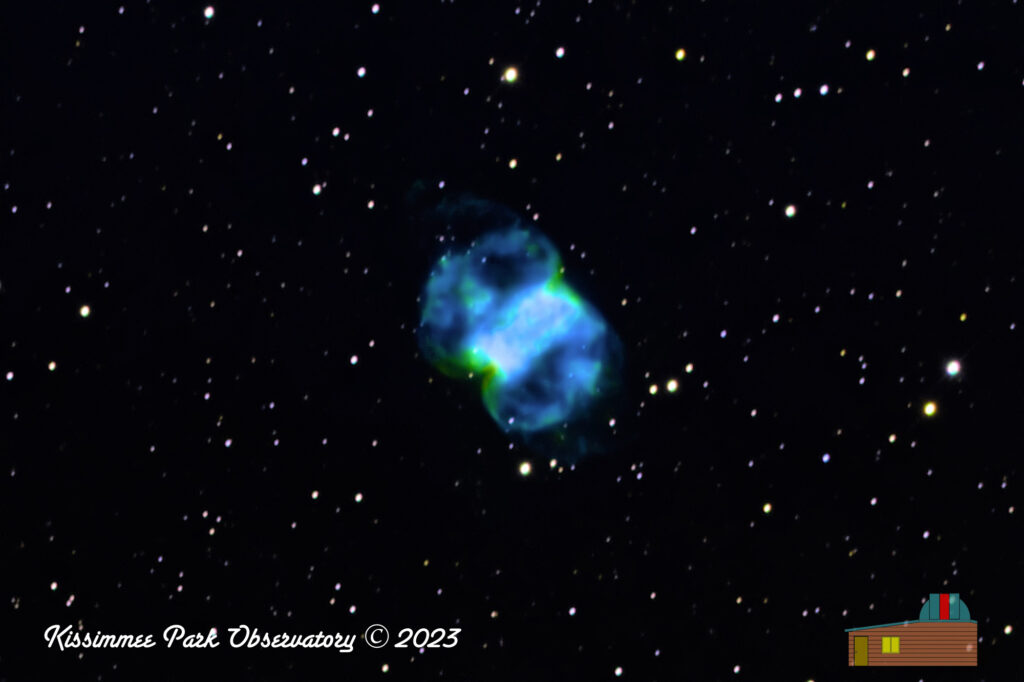Exploring the Enigmatic Apple Core Nebula
The universe is a vast expanse filled with countless wonders, and one such marvel is Messier 76, popularly known as the Apple Core Nebula. This enigmatic celestial object, located 2,540 light years away in the constellation Perseus, has captivated astronomers and stargazers alike with its peculiar shape and stunning beauty.
Discovery and Naming
Messier 76 was first discovered by the French astronomer Pierre Méchain in 1780, and later cataloged by Charles Messier. Its unique shape, resembling an apple core or a butterfly, led to its popular nickname, the Apple Core Nebula. Its official designation, NGC 650/651, refers to two separate parts of the nebula.
The Nebula’s Structure
At the heart of Messier 76 lies a white dwarf, a remnant of a Sun-like star that has exhausted its nuclear fuel. This dense, hot core emits ultraviolet radiation, causing the surrounding gas to glow and creating the nebula’s distinct appearance. The nebula is composed of two main lobes, formed by strong stellar winds and ionizing radiation from the central star.
Unraveling the Mysteries
Despite being extensively studied, Messier 76 still poses several intriguing puzzles for astronomers. One of these mysteries is the origin of the nebula’s unique shape. Scientists theorize that the stellar winds and radiation pressure from the central star play a crucial role in shaping the lobes, but the exact mechanisms remain uncertain.
The Stellar Nursery
Messier 76 is not only a stunning visual spectacle but also a stellar nursery, nurturing the birth of new stars. Within the nebula, pockets of gas and dust collapse under gravity, forming dense knots called Bok globules. These globules are potential sites for future star formation, providing a glimpse into the continuous cycle of stellar evolution.
Observing Messier 76
Observing the Apple Core Nebula requires a telescope with moderate to high magnification. Its location in the northern celestial hemisphere makes it visible to observers in both the northern and southern latitudes. The nebula’s faint glow can be enhanced by using narrowband filters that isolate specific wavelengths of light emitted by the hydrogen and oxygen atoms within the nebula.
Image Info
- Imaged from the Kissimmee Park Observatory, in Saint Cloud, Florida
- Camera : ZWO ASI2600MM Pro
- Scope: Orion RC-12 Ritchey-Chretien Astrograph, 2450mm fl, F/8
- Mount: iOptron CEM-120
- Hydrogen Alpha: 24 subframes of 300s = 120 min integration
- Oxygen III: 24 subframes of 300s = 120 min integration
- Sulphur II: 23 subframes of 300s = 115 min integration
- Total integration time: 280 min = 5.9 hours.
- Captured via ASIAir Pro automation
- Optical tracking via ASIAir automation via the ASI174mm Pro guide camera
- Separate channels stacked and SHO2 integrated in Astro Pixel Processor
- Image run through Super DeNoising
- Final processing in Aperture

